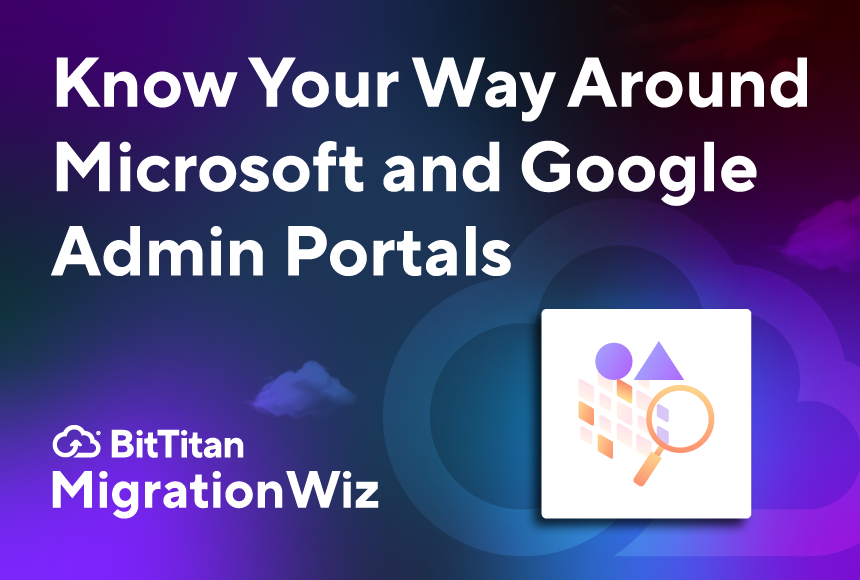In the New Year, channel partners – and MSPs in particular – will not be able to get by on legacy software alone, AppDirect president and co-CEO Daniel Saks, says.
“Customers of MSPs no longer want legacy software,” he tells Channelnomics. “They want to use cloud-based solutions, but many find that their current options are underwhelming. In other cases, they may not be sure which application is best for their business and don’t know who to use.”
Max Pruger, chief sales officer at CloudJumper, agrees that partners shouldn’t wait another today to “jump into the cloud with both feet,” as analysts expect continued growth.
However, he predicts that it will be important solution providers pick their cloud partners carefully in 2018.
“As the solution moves deeper into its heavy growth phase, there will be more and more companies offering the cloud for [channel partners] to market,” he tells Channelnomics. “Find a cloud partner who knows the industry, has a solution that is mature, priced competitively and successful and one who distributes exclusively through the channel.”
Pruger adds that with MSPs in particular set to experience competition from telcos and ISVs next year, the last thing they need is to also compete with their strategic cloud partner.
Issy Ben-Shaul, CEO of Velostrata, also emphasizes the importance of being choosy about cloud partners next year. When it comes to cloud migration practices, he tells Channelnomics solution providers should prioritize technologies that minimize or avoid cloud-specific services, which he says could lock partners into a specific cloud provider.
“Consider the impact of keeping the service running in its original cloud while running the related workloads on another cloud,” Ben-Shaul tells solution providers.
He also encourages partners to target offerings that leverage cloud mobility technologies and architectures in order to enable simple and fast mobilization of workloads across clouds, with minimal disruption to downtime or re-configuration/re-write efforts, as well as unified, cloud-agnostic management and configuration.
“Companies are explicitly seeking out partners to accelerate their projects to meet budget and deadline projections,” Ben-Shaul adds. “And the areas where customers are looking for the most assistance…are planning and strategy, application discovery and execution of the migration – illustrating that companies are experiencing challenges throughout the migration.”
Nirav Sheth, VP of solutions, engineering and architectures at Cisco’s Global Partner Organization, points out that 2018 will bring continued acceleration of workloads transitioning, while customers simultaneously look to modernize their private cloud capabilities.
He puts emphasis on multi-cloud, saying 2018 trends will unlock a large and growing market opportunity in the multi-cloud world partners. Sheth points to opportunity to help customers connect, protect and consume cloud services.
“It’s imperative that partners invest in competencies to establish multi-cloud relevance with existing and new cloud buyers in their customers’ organizations,” Sheth tells Channelnomics.
BitTitan also foresees the cloud market being impacted by multi-cloud maturity in 2018.
Geeman Yip, the vendor’s founder and CEO, says with adoption of hybrid and multi-cloud strategies continuing to grow next year, service providers will face more complex and technical demands from their customers than ever before, with the year’s biggest cloud challenge being hurdles mutli-cloud maturity will create around documentation.
“For these providers, this means disparate scripts and scattered documentation – a problem already identified by many service providers but a reality that will get much worse with interconnected infrastructure and greater amounts of data,” he tells Channelnomics.
Pointing to the large amount of data, intellectual property and IT documentation he expects organizations will have to manage in 2018 due to a “more mature” multi-cloud market, Yip says unorganized partners will struggle to keep their heads above water next year.
“Centralized documentation and change management capabilities will become much more critical to keep teams efficient and service delivery consistent,” Yip predicts. “If businesses effectively incorporate automation, the data load grows even more. Machines and programs are a lot easier to track than humans.”
This article originally posted on Channelnomics.



